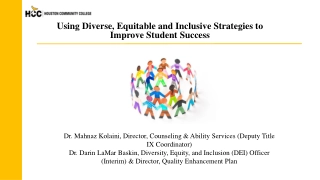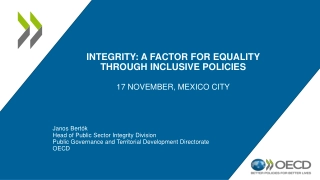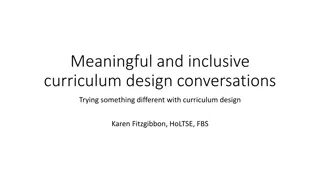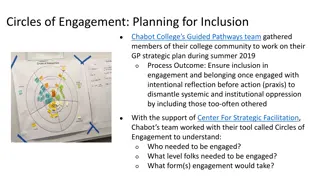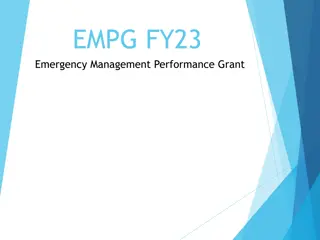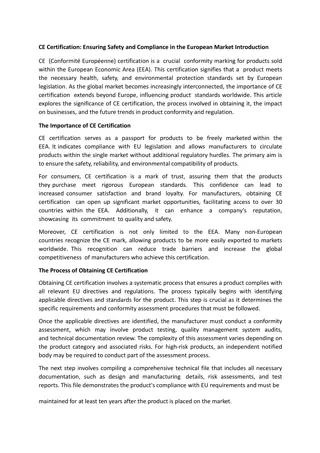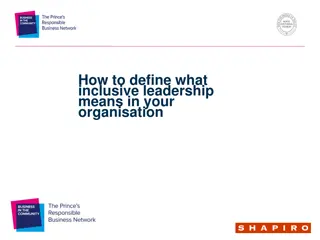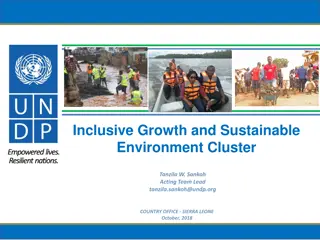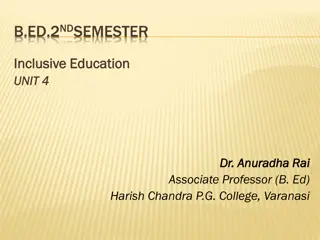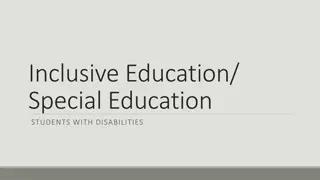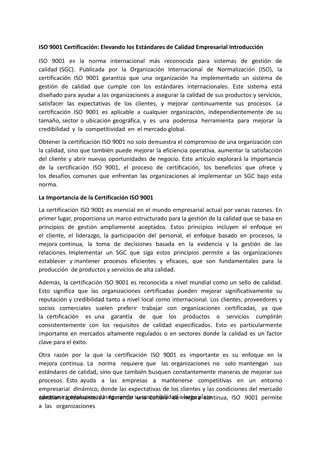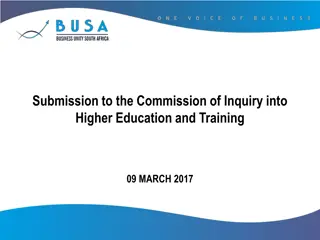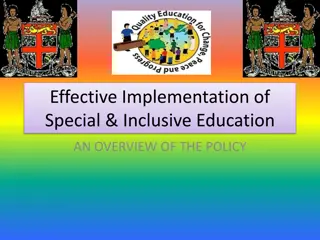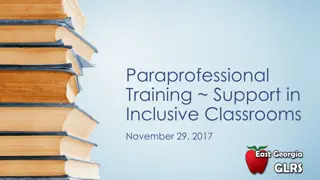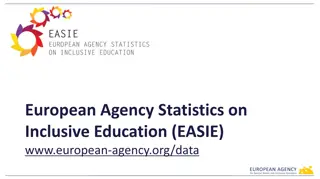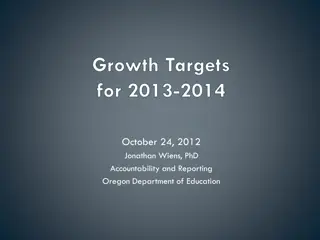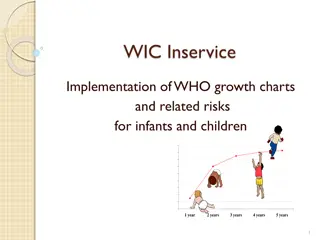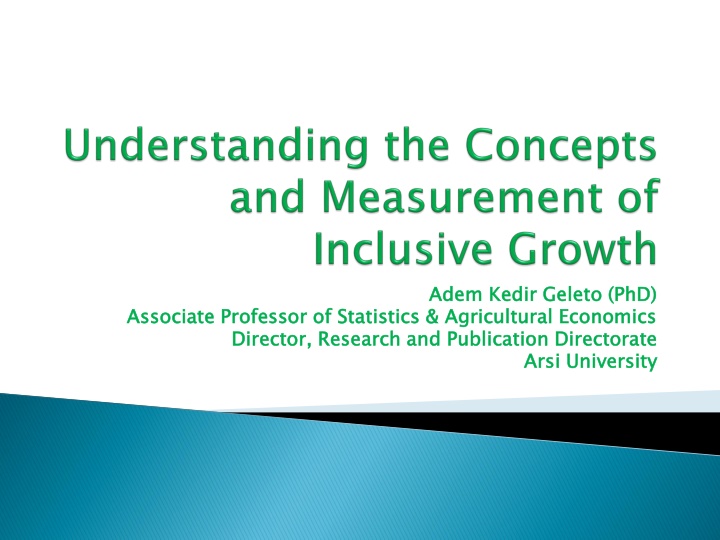
Promoting Inclusive Growth for Sustainable Employment Opportunities
Promoting an inclusive growth approach that provides safe, healthy, and affordable urban environments, access to quality infrastructure and public services, and inclusive employment opportunities. Inclusive growth aims to address rising inequalities and ensure sustainable employment for diverse populations. Learn more about the commitment to inclusive growth signed by mayors worldwide to improve prospects and social quality across different backgrounds.
Download Presentation

Please find below an Image/Link to download the presentation.
The content on the website is provided AS IS for your information and personal use only. It may not be sold, licensed, or shared on other websites without obtaining consent from the author. If you encounter any issues during the download, it is possible that the publisher has removed the file from their server.
You are allowed to download the files provided on this website for personal or commercial use, subject to the condition that they are used lawfully. All files are the property of their respective owners.
The content on the website is provided AS IS for your information and personal use only. It may not be sold, licensed, or shared on other websites without obtaining consent from the author.
E N D
Presentation Transcript
Adem Kedir Geleto (PhD) Adem Kedir Geleto (PhD) Associate Professor of Statistics & Agricultural Economics Director, Research and Publication Directorate Associate Professor of Statistics & Agricultural Economics Director, Research and Publication Directorate Arsi University Arsi University
On 29 March 2016, 47 Mayors from around the world signed on to the New York Proposal for Inclusive Growth in Cities as a symbol of their commitment to address rising inequalities within our society New York Proposal for Inclusive Growth in Cities as a symbol of their commitment to address rising inequalities within our society
1 1 | | Promoting which ages human improve prospects 2 2 | | Promoting which people social quality Promoting an which expands ages human capital, improve their prospects. . Promoting an which women, people with social and quality employment an inclusive opportunities for backgrounds capital, acquire their employment inclusive education education system, for people to relevant skills and overall system, of all their skills and overall life expands opportunities and acquire relevant employment and people of develop all and backgrounds to develop their and life an inclusive youth, seniors, with disabilities, and ethnic employment opportunities inclusive labour seniors, immigrants, disabilities, and ethnic backgrounds opportunities. . labour market, immigrants, and people backgrounds have market, in in women, youth, people of have access of all all to access to
3 3 | | Building Building more which more which inclusive provide safe, segments inclusive provide safe, segments urban quality, healthy of urban quality, healthy of environments, affordable neighbourhoods population 4 | Ensuring access to quality infrastructure and public services that are climate friendly and sustainable. environments, affordable neighbourhoods population 4 | Ensuring access to quality infrastructure and public services that are climate friendly and sustainable. housing housing in in for for all all the the
Inclusive both sustainable employment opportunities Inclusive growth refers to both the pace pattern Rapid requires inclusive growth that allows people to contribute to and benefit from growth Inclusive growth is defined as growth that is sustainable and broad broad- -based based in terms of pace and pattern of growth and sustained poverty reduction
Rapid substantial poverty reduction but for this growth to be sustainable in the long run, it should be broad-based across sectors and inclusive of the large part of the country s labor force Inclusiveness equity protection transitions successful growth strategy. pace of growth is necessary for Inclusiveness- a concept that encompasses equity, protection transitions- - is an essential ingredient of any equality in equality in of of opportunity and opportunity, and and market market employment employment
Equality and unbiased regulatory environment for businesses and individuals Systematic will channels or conflict ( Commission on Growth and Development 2008)- urban land lease policy, political membership education and positions, . etc The inclusive growth approach takes a longer term perspective as the focus is on productive rather than on direct income redistribution as a means groups. Equality of of opportunity opportunity- - access to market, resources, Systematic inequality derail inequality of the of opportunity growth opportunity is toxic as it process through political as means of getting employment, productive employment incomes employment the of increasing for excluded
Inclusive growth is about raising the pace of growth and enlarging the size of the economy, while leveling the playing field for investment and opportunities A robust inclusive growth strategy is both pro- labor and pro-business an agenda to boost both social inclusion and economic efficiency through a stronger focus on institutions What resources, economy, ----? increasing productive employment is underemployment underemployment? Individuals,
Growth determinants are highly dependent on initial poverty, and asset inequality, but also a host of other factors such as geography, demography, governance, politics, social considerations, and the set of existing policies Had Oromo benefited from the downfall of Imperial regime? Dergue regime? Why? Why not? (Black Economic Empowerment ., South Africa) initial conditions conditions such as level of income, Had Oromo benefited from the downfall of Imperial regime? Dergue regime? Why? Why not?
Institutions are rules that describe how social actors act Property right that define who can do what with an asset are institutions and so are rules of taxation, subsidization or conditional financing The economic effect of an institution depends not only on what the rules specify but also on the degree to which they are followed or enforced. (what law/policy?) are effects of the Ethiopian tax
The United Nations High Commission for Refugees human condition characterized by sustained or capabilities, necessary for an adequate standard of living and other civil, cultural, economic, political, as well as social rights (UNHCR) defines poverty as a chronic deprivation choices, of resources, and security power
World Bank (2005) and Siddiqui (2009) explain poverty to include hunger, lack of shelter, being sick and not being able to see a doctor, not having access to school and not knowing how to read and write, not having a job, fear for future, losing a child to illness brought about by unclean water, powerlessness, and lack of representation and freedom.
Poverty is also seen as the deprivation side of human development- the denial of basic choices and opportunities to lead a long, healthy, creative and free life; to enjoy a decent standard of living; and to participate in political freedom and cultural choices (Barja and Gigler, 2005; Fukuda-Parr, 2006). the life of the community including
The inclusive growth definition is inline with the absolute definition of pro-poor growth, but not the relative definition Using the absolute definition of poverty, the aim is to increase the rate of growth to achieve reduction the greatest pace of poverty
Article 19 of the Universal Declaration of Human Rights which is read as: Everyone has the right to freedom of opinion and expression; this right includes freedom to hold opinions without interference and to seek, receive and impart information and ideas through any media and regardless of frontiers (http://www.un.org/) .
Krishna poverty in one part of the world may be very different from what causes poverty in another part and the pathways that leads out of poverty do also differ According to Bird et al. (2005) the focus on livelihoods development, based on successes in non-remote areas did not take account of the marginalization rural areas (2003) states that what causes special risk, characteristics exclusion and of remote
Ranis et al. (2006), defining Human Development (HD) as a process of enlarging people s choices, give some enlargements in the concept of HD. These enlarged conceptions include (1) the HDI itself, which includes health, education, and a measure of income; (2) mental wellbeing- an individual s psychological state; (3) empowerment; (4) political freedom; (5) social relations; (6) community well-being; (7) inequalities; (8) work conditions; (9) leisure conditions; (10) political security- freedom from political violence or instability; (11) economic security- freedom from economic fluctuations; and (12) environmental conditions.
Thorbecke (2005)- income does not (or cannot) incorporate such key dimensions of poverty as life expectancy, literacy, the provision of public goods, freedom and security. He, thus, suggests besides income, such tangible basic needs as nutrition, health, education, shelter, clothing, and access to information would be high on the list of crucial attributes used to judge whether a person is or is not poor. Alkire multidimensional poverty may not be income poor citing the case of Niger in which only two-thirds of its people was poor in terms of income whereas the multidimensional poverty index is 93%. and Santos (2010) - people living in
Traditional economics focuses on GDP as the key measure of success and focuses on outputs (GDP per capita), attention to the average inequality (income gap) Economics of inclusiveness focuses on material and non-material living standards integrated policies : growth and equity Focus on outcomes (health, education, jobs); attention to different social groups and scales inequalities (income and well being)
Pillar 1: equity Pillar 2 and digital infrastructure, health related services and infrastructure Pillar 3 political ethics, concentration of rents Pillar 4 economic investment: financial system inclusion, intermediation of business investment Pillar 1: education and skills: access, quality, Pillar 2: Basic service and infrastructure: basic Pillar 3: Corruption and rents: business and Pillar 4: Financial intermediation and real
Pillar 5 small business ownership, home and financial asset ownership Pillar 6 Productive employment, wages and non- wage compensation Pillar 7 protection Pillar 5: Asset Building and entrepreneurship: Pillar 6: Employment and labor compensation: Pillar 7: Fiscal transfers: tax code, social
Which growth? Whose growth? What outcomes?
The developing countries as compared to advanced ones, and across countries A political settlement is a combination of institutions and organizations that can reproduce itself over time Ambitious good governance strategies that aim to achieve strong enforcement of property rights across the board are unlikely to succeed in developing countries Relative powers of different organizations matter because the ability of different groups to contest, obstruct or oppose rules that they perceive to be against their interest clearly affects their enforceability ( parties/regional Ababa policy, political settlement is structurally different in e e. .g g. . parties/regional representatives Ababa City policy, national how City integrated national security how was integrated master security issues was the the negotiation master plan, issues negotiation power budget formula, plan, tax ?) ?) power tax policy, of of political Addis language political representatives on on budget formula, Addis policy, language
Rents are incremental incomes that are typically associated with specific institutions- efficiency wages or subsidies to firms to reduce their carbon emissions Rents because without industries a a way loses, Investors processes Rent seeking is the expenditure of resources by organizations that seek to change the structure, types and allocation of rents. Not only does rent seeking imply a resource cost since resources are used up in these activities, but it can also subvert the formulation and implementation of policies in ways that prevent the resolution of market failures Rents associated because powerful without delivering industries refused way of loses, in Investors in processes to associated with powerful groups delivering the refused to of life, in different in developing to acquire with potentially groups could the desired to grow life, and different countries developing countries acquire land potentially beneficial could focus desired results grow up, and public countries countries regularly land beneficial interventions focus on results. . In up, subsidies public sector interventions failed on capturing In the subsidies proliferated sector enterprises failed rents infant became persistent capturing the the worst proliferated and enterprises made the rents case, infant and became made persistent worst case, regularly invoke invoke non non- -market market
Rent regular/formal law To be sustainable, the distribution of power across organizations has to allow the enforcement of a combination of formal and informal rules that is sufficient for the political and economic viability of the society Federalism Vs decentralization Federalism is the coming together of equal partners who come with a common goal and share powers and jurisdictions In decentralization, it is superior entity which is partly decentralizing its powers to the units below and there is spirit of condescension seekers do not have confidence on
Policies for inclusive growth are an important components of most government strategies for sustained growth Has growth in our country been inclusive? Why or why not? If not, what shall we do next? Has growth in our regional state inclusive? Why or why not? If not, what shall we do next?
Thank You Galatoomaa

